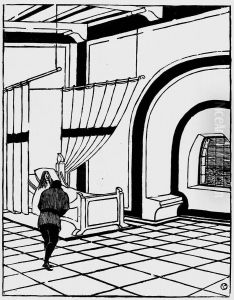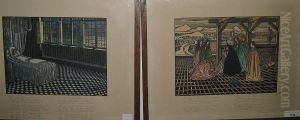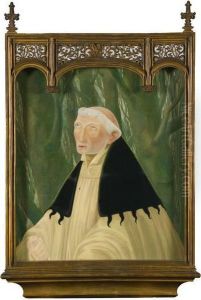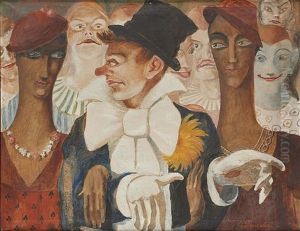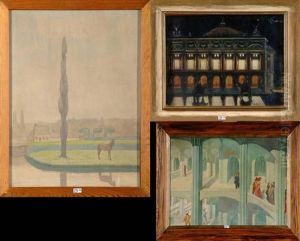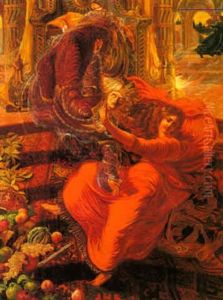Charles Doudelet Paintings
Charles Doudelet was a Belgian artist, illustrator, and writer, known for his association with the Symbolist movement, which flourished at the end of the 19th century. Born on February 14, 1861, in Ghent, Belgium, Doudelet was a multifaceted artist who worked in a variety of mediums, including painting, drawing, and book illustration.
Doudelet's artistic journey began at the Royal Academy of Fine Arts in Ghent, where he honed his skills and developed his distinctive style. His involvement with the Symbolist movement came through his association with other artists and literary figures of the time, such as Maurice Maeterlinck, a fellow Belgian and Nobel Prize-winning playwright, whose works Doudelet illustrated. Symbolism was a reaction against naturalism and realism in the arts, focusing on representing ideas and emotions through symbols and metaphoric imagery.
In his work, Doudelet often explored themes of love, death, and the metaphysical, employing a dream-like quality that was characteristic of Symbolist art. His illustrations for Maeterlinck's plays, such as 'Pelléas et Mélisande', are particularly noteworthy for their evocative imagery and the way they complement the mystical qualities of Maeterlinck's writing.
Although not as widely known as some of his contemporaries, Doudelet's contribution to the Symbolist movement was significant, and he left behind a body of work that is appreciated for its poetic and visionary qualities. His art exhibits a careful attention to detail and a penchant for ornamental lines, which would influence the Art Nouveau movement that followed.
Doudelet's later years saw him continue to create art that reflected his deep interest in spirituality and the philosophical questions of existence. He passed away on January 2, 1938, in Uccle, Belgium. Today, Charles Doudelet's work can be found in various collections and museums, and he is remembered as a unique voice in the Symbolist movement, whose artistry continues to inspire and captivate audiences.
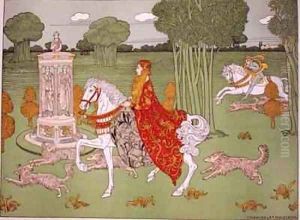
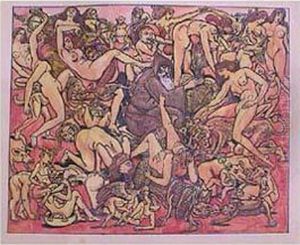

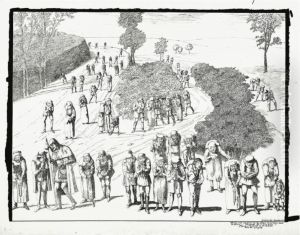
![[paysage Pastoral]](https://www.niceartgallery.com/imgs/546698/s/charles-doudelet-paysage-pastoral-252b1a9b.jpg)
